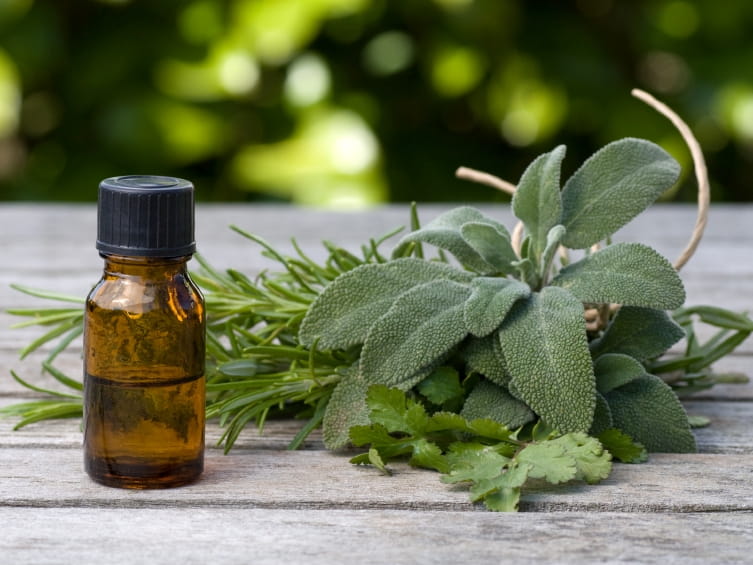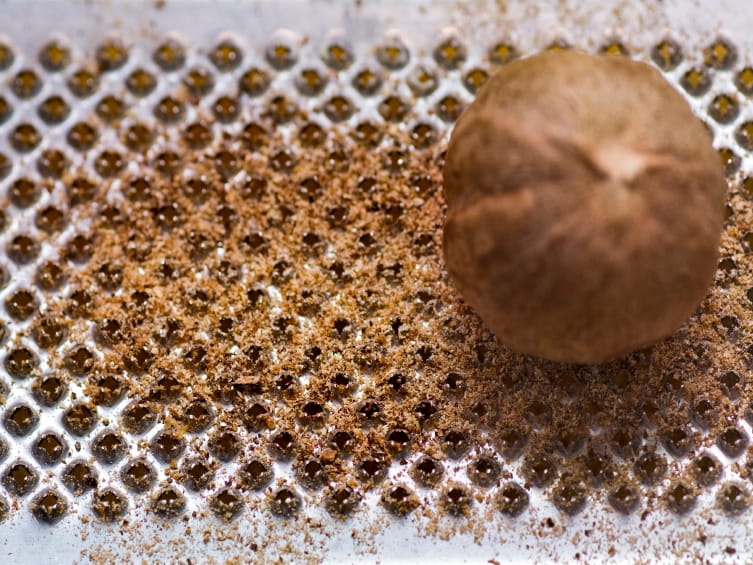Essential Oils: Poisonous when Misused

The Bottom Line
Essential oils are derived from plant parts. Because they have a scent, essential oils are often used in perfumes, cosmetics, room fresheners, and flavorings. Many have a history of medicinal use, too. Misuse of essential oils can cause serious poisoning.

What are essential oils?
Essential oils come from plant parts, often extracted by pressing or steam distillation. Because they have a scent, essential oils are often used in homemade and commercial perfumes, cosmetics, and room fresheners. Some are used in tiny amounts in foods and candy, and some are present in pesticides.Do essential oils really work?
Many essential oils have a long history of medicinal use based largely on traditional medicine practices and folklore. Few uses for essential oils have been studied in a scientific way. Essential oil products are not well regulated and manufacturers are not always required to demonstrate the effectiveness of their product. This also means that it can be hard to know exactly what is in the essential oil bottle—what species of plant, what concentration of active ingredient, or whether there are any contaminants.Are essential oils poisonous?
Many people think essential oils are harmless because they are natural and have been used for a long time. However, many essential oils can cause rashes if used on the skin and some can be poisonous if they are absorbed through the skin or swallowed. For example, swallowed pennyroyal oil is highly poisonous to the liver. Aspirating an essential oil can cause pneumonia, which can occur if someone tries to swallow it but chokes so that some enters the lungs.
Depending on how an essential oil product is made, there could be toxicity from other ingredients. These products often contain other oils or alcohol. Children have thin skin and immature livers, which might make them more susceptible to toxic effects than adults. Essential oils may also interact with medications.
Can you use essential oils on your skin?
Essential oils are commonly applied to the skin. Because pure essential oils are potent, diluting them in a carrier oil is the best way to avoid a bad reaction from direct skin contact. Not all essential oils are appropriate for use on the skin, so always check the product instructions. Do not use essential oils on damaged skin.Can you put essential oils in a vaporizer? Are they safe to breathe?
There are products with essential oils (usually camphor) that are specifically intended for use with vaporizers. It is important to know that only small amounts of essential oils are added to a large volume of water in a vaporizer. When used as directed, these products are usually safe.
Another way to add essential fragrance to the air is a reed diffuser, in which sticks, or reeds, absorb scented liquid from a container and release fragrance into the surrounding air. Reed diffuser liquid is an essential oil dissolved in isopropyl (rubbing) alcohol and must be kept out of the reach of children.
Can you be allergic to essential oils? What are the symptoms of an allergic reaction?
Allergy to an essential oil is a very real possibility. It is also possible to be allergic to other ingredients (labeled or unlabeled) in an essential oil product. The most common type of allergic reaction to essential oils is skin rash. If a rash occurs, wash off the remaining oil with soap and water. If the rash persists, applying a topical corticosteroid product like hydrocortisone might help. Any allergic reaction that includes difficulty breathing should be treated as a medical emergency.What we know about a few common essential oils
- Peppermint oil is used for gastrointestinal discomfort, which is the basis for its popularity as a flavoring agent.
- Wintergreen is used in some over-the-counter skin products to relieve pain. It creates a feeling of warmth because it causes blood vessels to dilate. However, wintergreen oil is very dangerous if more than a tiny amount is swallowed. Swallowing wintergreen oil is roughly the equivalent of swallowing a large number of adult aspirin tablets.
- Tea tree oil is used for acne and some kinds of fungal skin infections, like athlete’s foot.
- Nutmeg is used in food but, when misused or abused, can cause hallucinations and coma.
- Eucalyptus oil is used for its soothing effects when inhaled, for example, during a cold or cough. If swallowed, eucalyptus oil can cause seizures.
- Sage oil (Salvia) has been used as a scent, seasoning, and remedy. Swallowing more than a very small amount has caused seizures in children.
- Camphor is used as a moth repellent, as an ingredient in skin preparations, and in some products intended to be added to vaporizer fluid. Even a small amount of camphor is dangerous if swallowed. Seizures can begin within a few minutes. Camphor poisoning has occurred when skin preparations containing camphor were applied to children more frequently than the label recommended or covered up with extra layers clothing.
- Orange oil and lemon oil are common ingredients in furniture polishes and other wood care products.
What to do if someone drinks essential oil or has an allergic reaction
If someone swallows an essential oil, or a product containing essential oils, use the webPOISONCONTROL online tool for guidance or call Poison Control at 1-800-222-1222 right away. Poison Control will help you figure out if this could be dangerous and will tell you exactly what to do.
Rose Ann Gould Soloway, RN, BSN, MSEd, DABAT emerita
Clinical Toxicologist
Revised William G. Troutman, PharmD
Professor of Pharmacy Emeritus
Poison Control Media Information
Did you find this page helpful? If so, we need your support. Poison Control is in constant competition with misinformation online. Links to www.poison.org or our webPOISONCONTROL triage tool from other websites and blogs help internet searchers quickly find accurate information and Poison Control’s contact information in an emergency. If you use the content from this page, please provide attribution via a link back to this page, www.poison.org, or https://triage.webpoisoncontrol.org/#!/exclusions. By doing so, you could save a life. Thank you!
Poisoned?
Call 1-800-222-1222 or
Prevention Tips
- If an essential oil is found in a product, use it according to the label directions. Stop using it immediately if a rash or other skin reaction occurs, and gently wash it off.
- If an essential oil is found in a scent, be sure that it is used and stored where children can't find it.
- If an essential oil is in a medicine, use according to label instructions only.
- If you have bottles of essential oils at home, consider discarding them safely if you have young children. Otherwise, they must be locked up, out of the sight and reach of children and pets.
This Really Happened
Case 1. A 22-month-old boy had a seizure that lasted for more than an hour. In an emergency room, his breathing was so slow that he had to be artificially ventilated. He had no history of illness or injury. An extensive workup found no medical reason for his seizure. The boy spent 4 days in the hospital. The father later told doctors that the boy had eaten a small piece of camphor that had been placed in the apartment for roach control. (from Khine et al., 2009).
Case 2. An 18-month-old boy swallowed a small amount of lavender extract that his mother used as a home fragrance. Three hours later, he was extremely drowsy and confused. His breath smelled strongly of lavender. In the hospital, an electroencephalogram (EEG, a study of brain waves) was abnormal. Fortunately, the boy was back to his normal self in about 6 hours. His EEG the next day had returned to normal (from Landelle et al., 2008).
For More Information
Dawkins R. Are essential oils safe for children? Johns Hopkins University. Accessed July 4, 2024.
References
Landelle C, Francony G, Sam-Laï NF, et al. Poisoning by lavandin extract in a 18-month-old boy. Clin Toxicol (Phila). 2008;46(4):279-281.
Vigan M. Essential oils: renewal of interest and toxicity. Eur J Dermatol. 2010;20(6):685-692.
Woolf A. Essential oil poisoning. J Toxicol Clin Toxicol. 1999;37(6):721-727.
Poisoned?
Call 1-800-222-1222 or
Prevention Tips
- If an essential oil is found in a product, use it according to the label directions. Stop using it immediately if a rash or other skin reaction occurs, and gently wash it off.
- If an essential oil is found in a scent, be sure that it is used and stored where children can't find it.
- If an essential oil is in a medicine, use according to label instructions only.
- If you have bottles of essential oils at home, consider discarding them safely if you have young children. Otherwise, they must be locked up, out of the sight and reach of children and pets.
This Really Happened
Case 1. A 22-month-old boy had a seizure that lasted for more than an hour. In an emergency room, his breathing was so slow that he had to be artificially ventilated. He had no history of illness or injury. An extensive workup found no medical reason for his seizure. The boy spent 4 days in the hospital. The father later told doctors that the boy had eaten a small piece of camphor that had been placed in the apartment for roach control. (from Khine et al., 2009).
Case 2. An 18-month-old boy swallowed a small amount of lavender extract that his mother used as a home fragrance. Three hours later, he was extremely drowsy and confused. His breath smelled strongly of lavender. In the hospital, an electroencephalogram (EEG, a study of brain waves) was abnormal. Fortunately, the boy was back to his normal self in about 6 hours. His EEG the next day had returned to normal (from Landelle et al., 2008).
